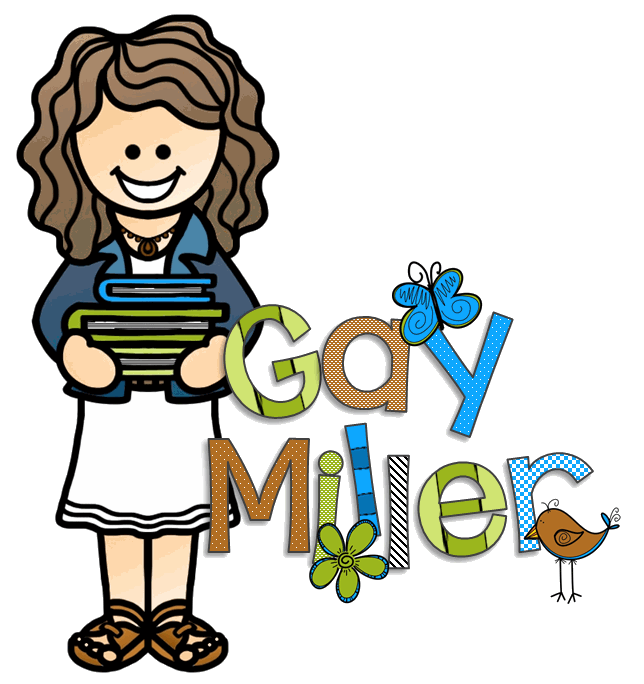
Teaching point of view can feel a bit like jumping into a choose-your-own-adventure book. Which narrator are we following? Who’s telling the story? Is it you, me, or someone with omniscient powers? With the Common Core weaving it across multiple grade levels, it’s a must-teach skill—and dare we say, a fun one too.
Standards Snapshot
Here’s a quick peek at what’s expected:
- 4th Grade: Compare and contrast first- and third-person narration.
- 5th Grade: Analyze how a narrator’s point of view shapes the description of events.
- 6th Grade: Explain how authors develop the narrator’s or speaker’s perspective.
I’ve put together six easy-to-implement activities that will help students think critically, laugh occasionally, and (gasp) enjoy exploring narrative perspective.
Lesson Handout
This handy printable includes instructions and materials for all six activities—no extra prep needed.
Point of View Teaching Ideas
#1 –Start with Organizers (Because We Love a Good Graphic)

Before we get fancy, students need to know what first, second, and third person actually are. These graphic organizers help them sort it all out with definitions, examples, and space to compare pros and cons of each POV.
Bonus Thought-Stretching Tip: Once students grasp the basics, ask them why an author might choose one perspective over another. Boom—now they’re analyzing, not just labeling.
#2 – Ad Slogans: Point of View Hits the Real World

Let’s be real—kids perk up when they hear the word “commercial.” Tap into their pop culture radar by sorting advertising slogans by POV. This quick, brain-boosting activity gets students thinking about narration in a real-world context.
Here are a few to get you started:
- “Have it your way.” (Burger King) → 2nd person
- “We do chicken right.” (KFC) → 1st person
- “Oh, what a relief it is!” (Alka-Seltzer) → 3rd person
It’s fast. It’s fun. And bonus—it won’t involve grading a stack of paragraphs.
#3 – Printable Anchor Chart = Instant Wall Cred

This printable chart lays out guiding questions and key terms that help students analyze how point of view impacts a story. Great for classroom displays or notebook inserts.
Teacher Tip:
Go big with a poster-sized version or shrink it down for student binders—flexibility is the name of the game.
#4 – PowerPoint with Hatchet (Because Brian Has Thoughts Too)

Teaching Hatchet by Gary Paulsen? Use the included PowerPoint to guide students through excerpts from the novel and explore its narrative style. The slides are easy to tweak and tailor to your class’s needs. Survival gear not included.
#5 – Game Time & Music Breaks
If you want to add some digital fun, there are great online resources to reinforce your point-of-view lessons. One of my favorites is the Point of View Millionaire Game on Quia, where students answer point-of-view questions in a fun, interactive format.
Flocabulary’s Point of View Song is another hit in the classroom. It helps students review different perspectives in a catchy way.
#6 – Anchor Chart Inspiration

Sometimes students need to see the difference between points of view. Try rewriting the same short passage in first, second, and third person. Place all three versions side by side on an anchor chart.
Next Level Move
For older students, dig deeper into third person:
- Limited
- Omniscient
- Objective
Let them become literary detectives, figuring out which one the author used and why. Bonus points if they can argue their answer with text evidence.



With a blend of printables, visuals, tech tools, and student-led thinking, these activities turn point of view from a grammar concept into a storytelling superpower. Plus, they’re versatile enough to use across texts and grade levels.
👉 Don’t forget: The lesson handout has everything prepped for you—just print and teach.
See the product that inspired this post.
Our Story Elements Series offers engaging activities in both digital (Google Slides) and printable formats, easily convertible to PowerPoint for offline use. It includes a vocabulary list with definitions, a multiple-choice quiz, question stems by grade level, video lessons with organizers, and various activities. Check out the previews of each book in the bundle, covering Point of View, Characters and Settings, Plot Development, and Theme.



